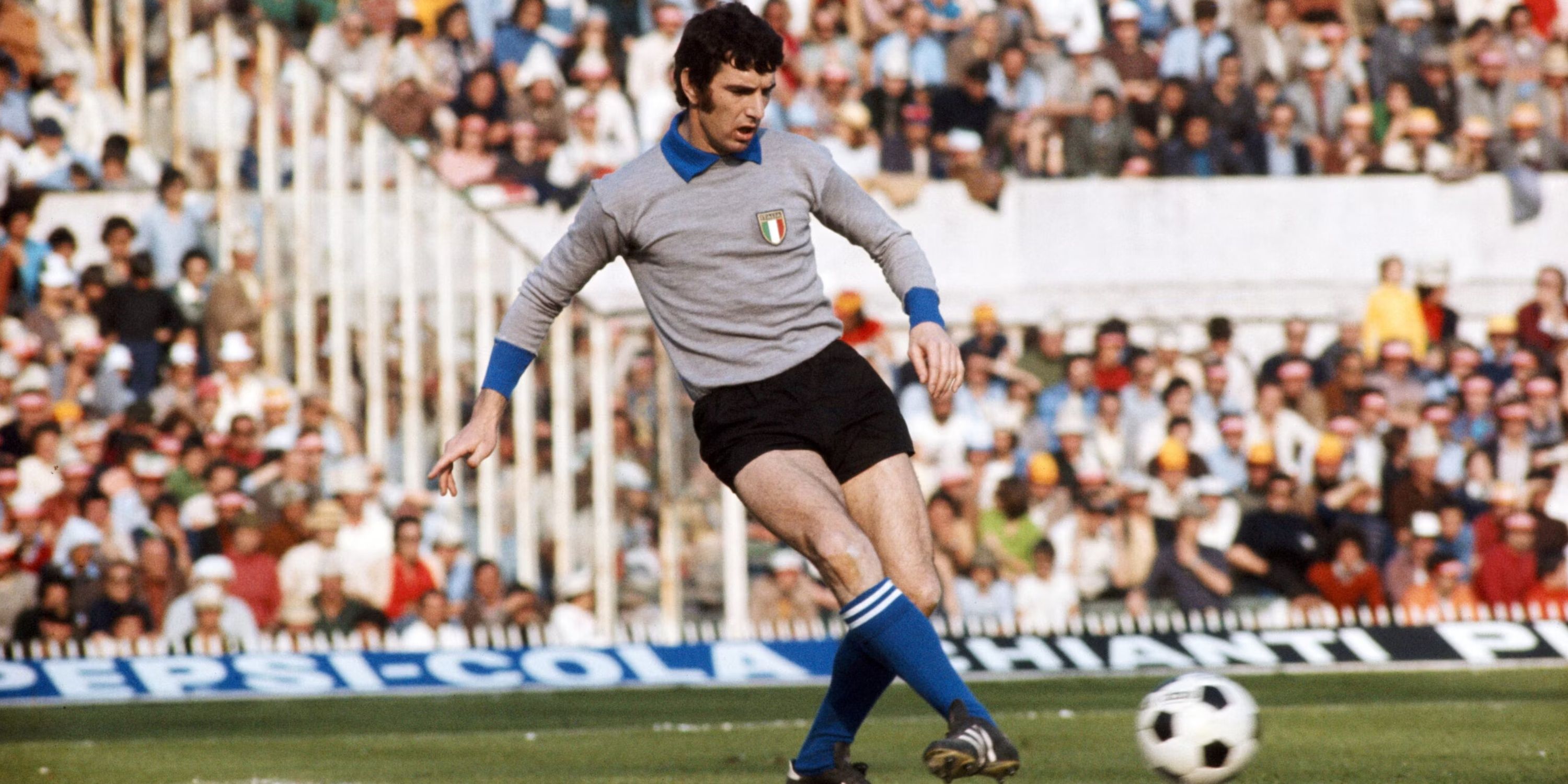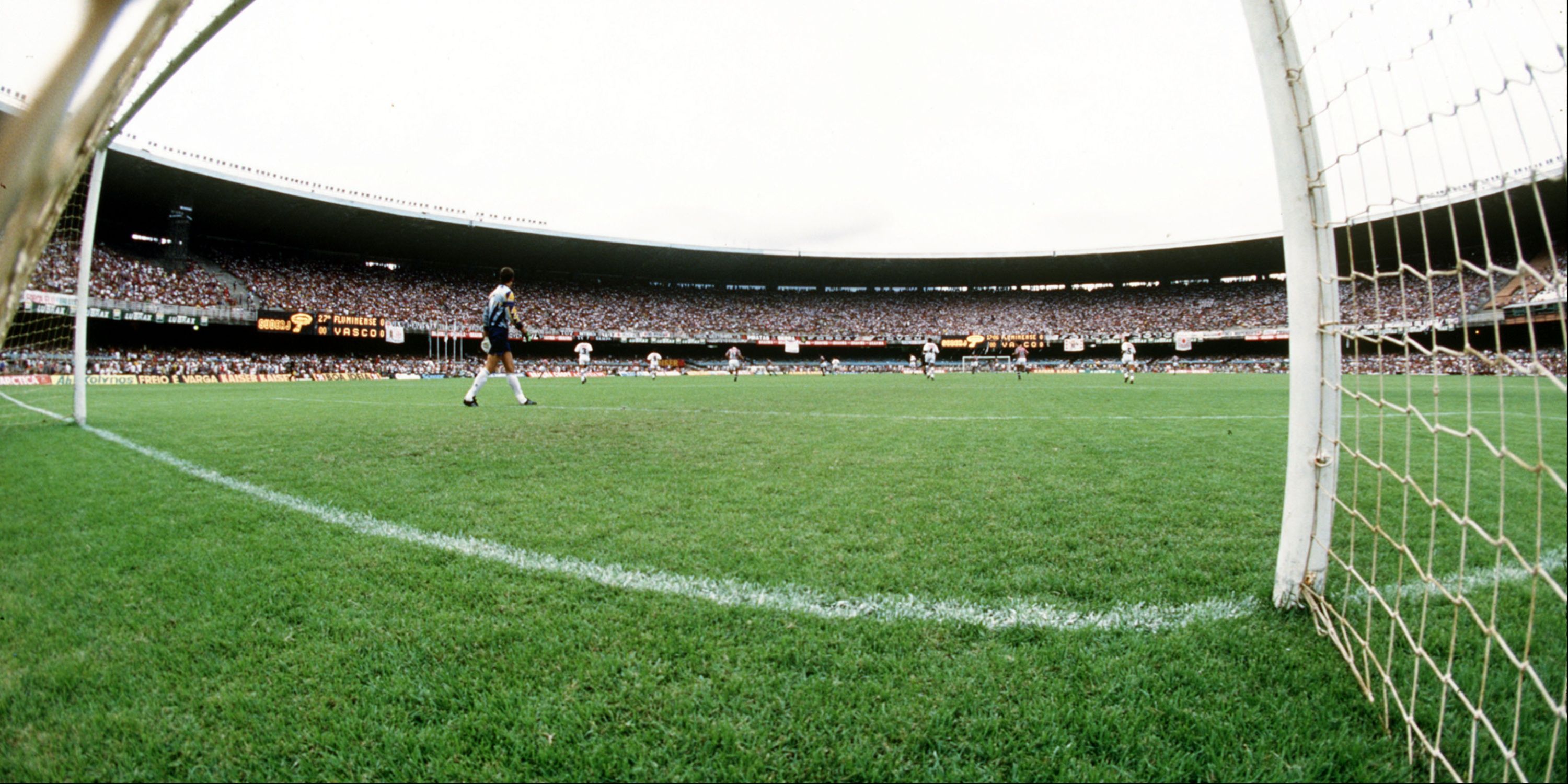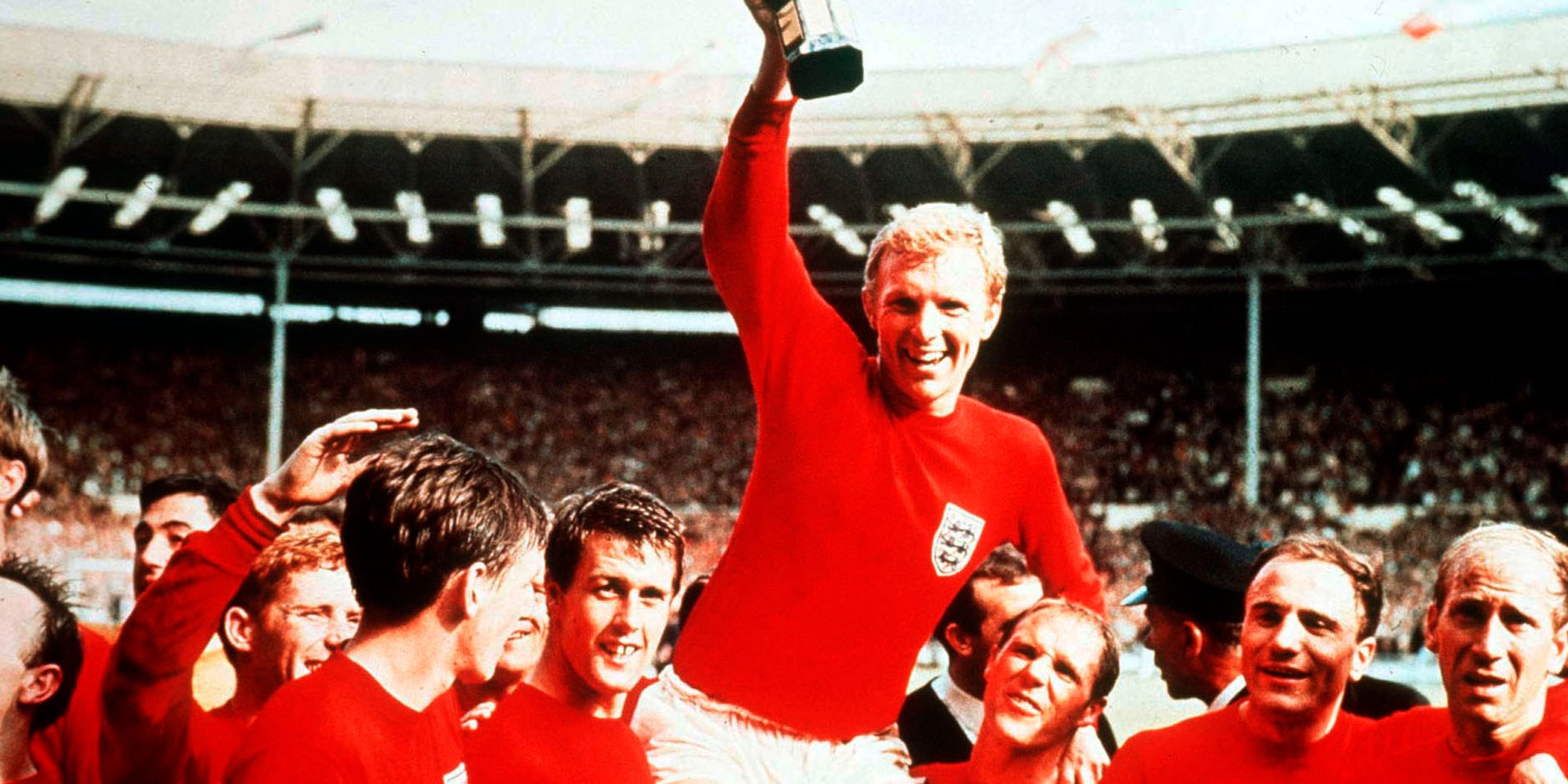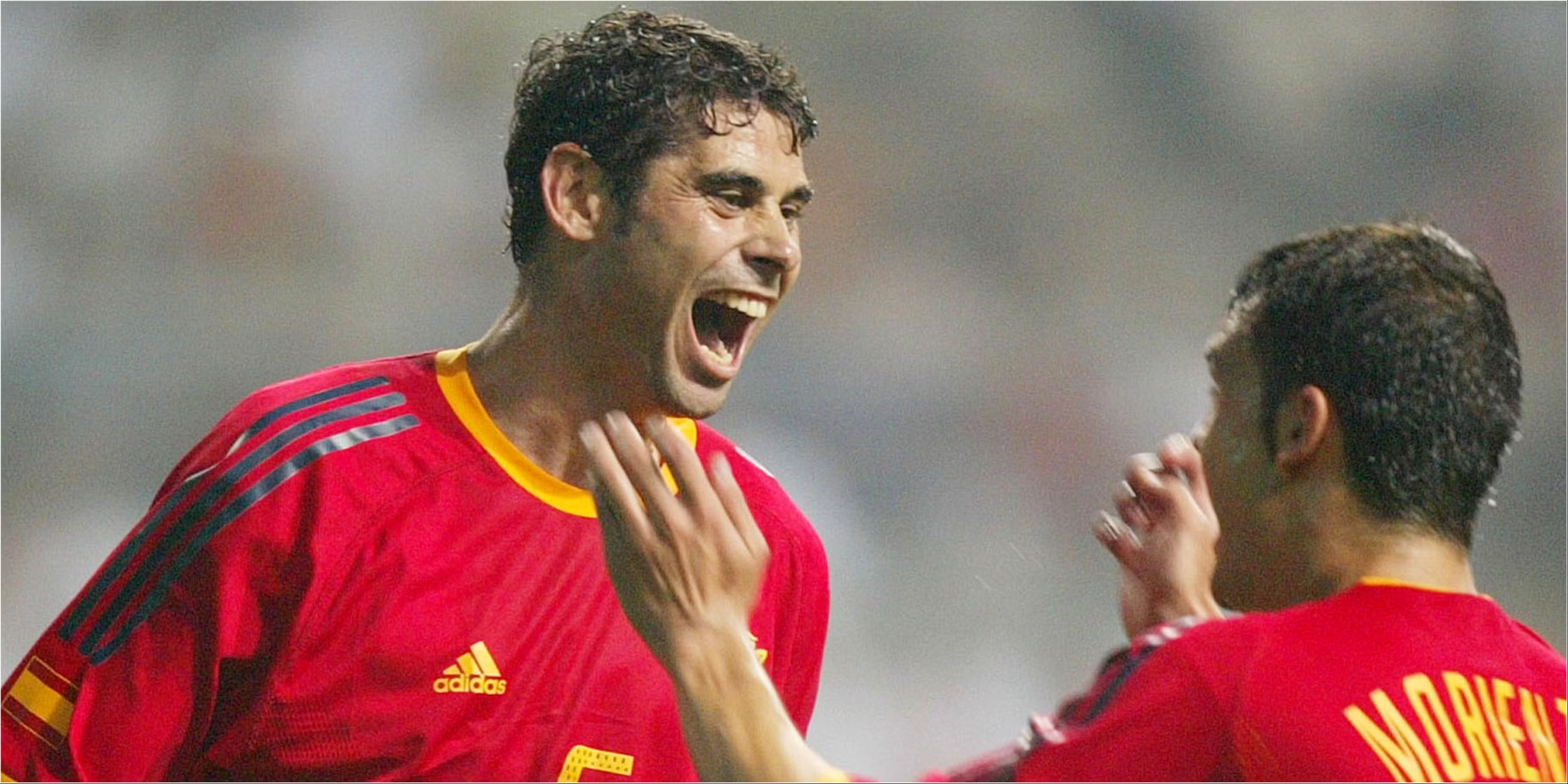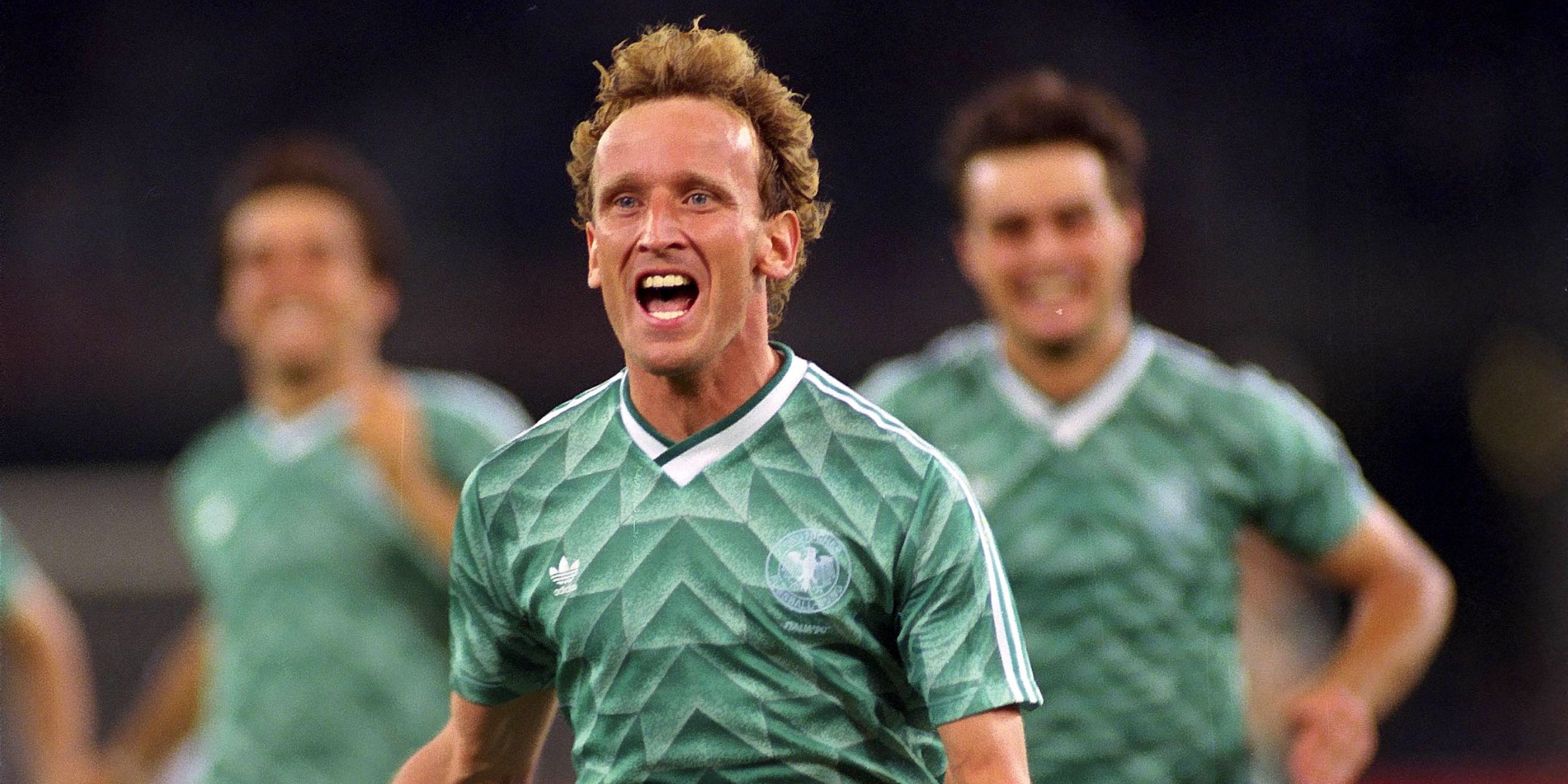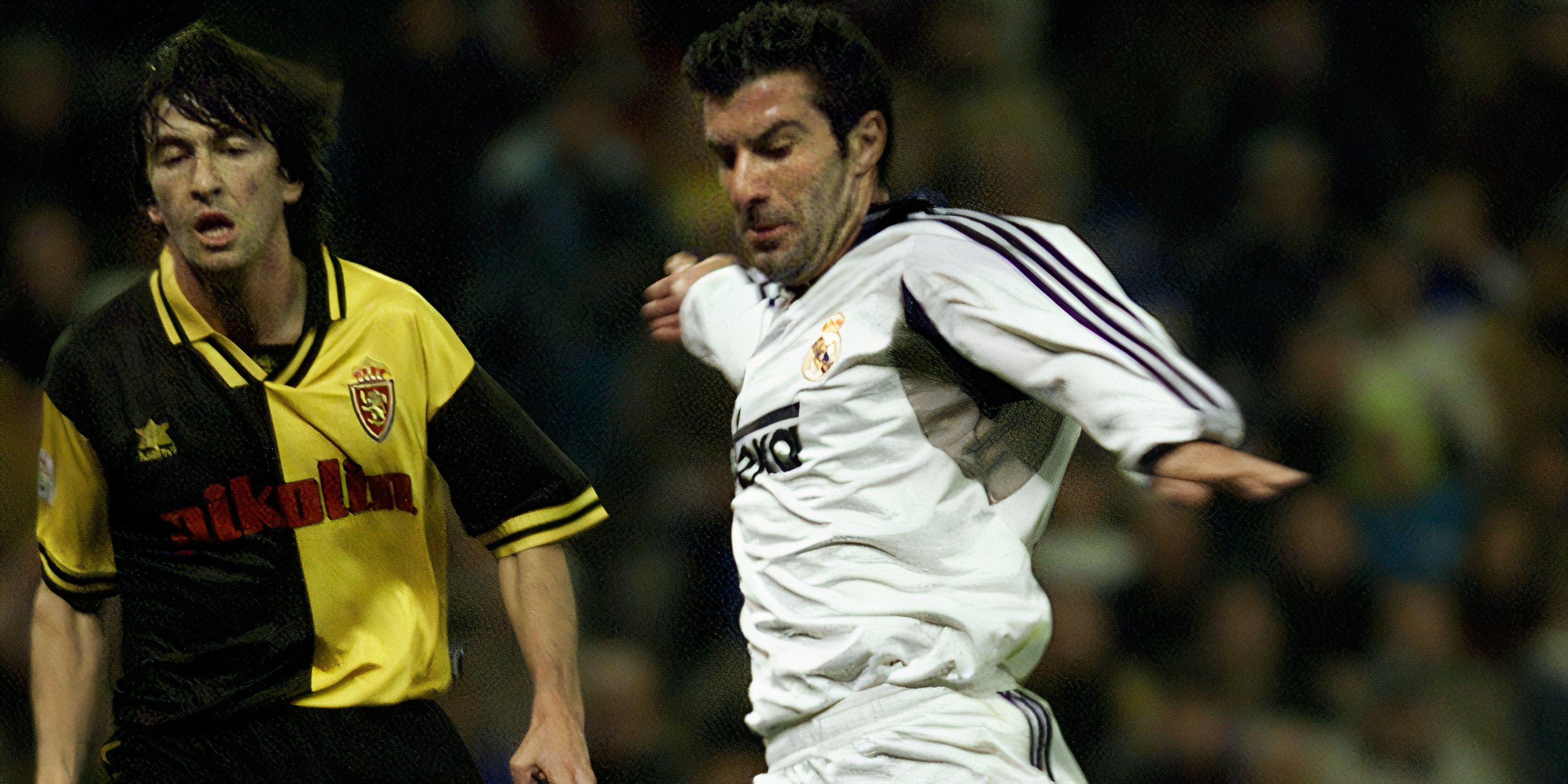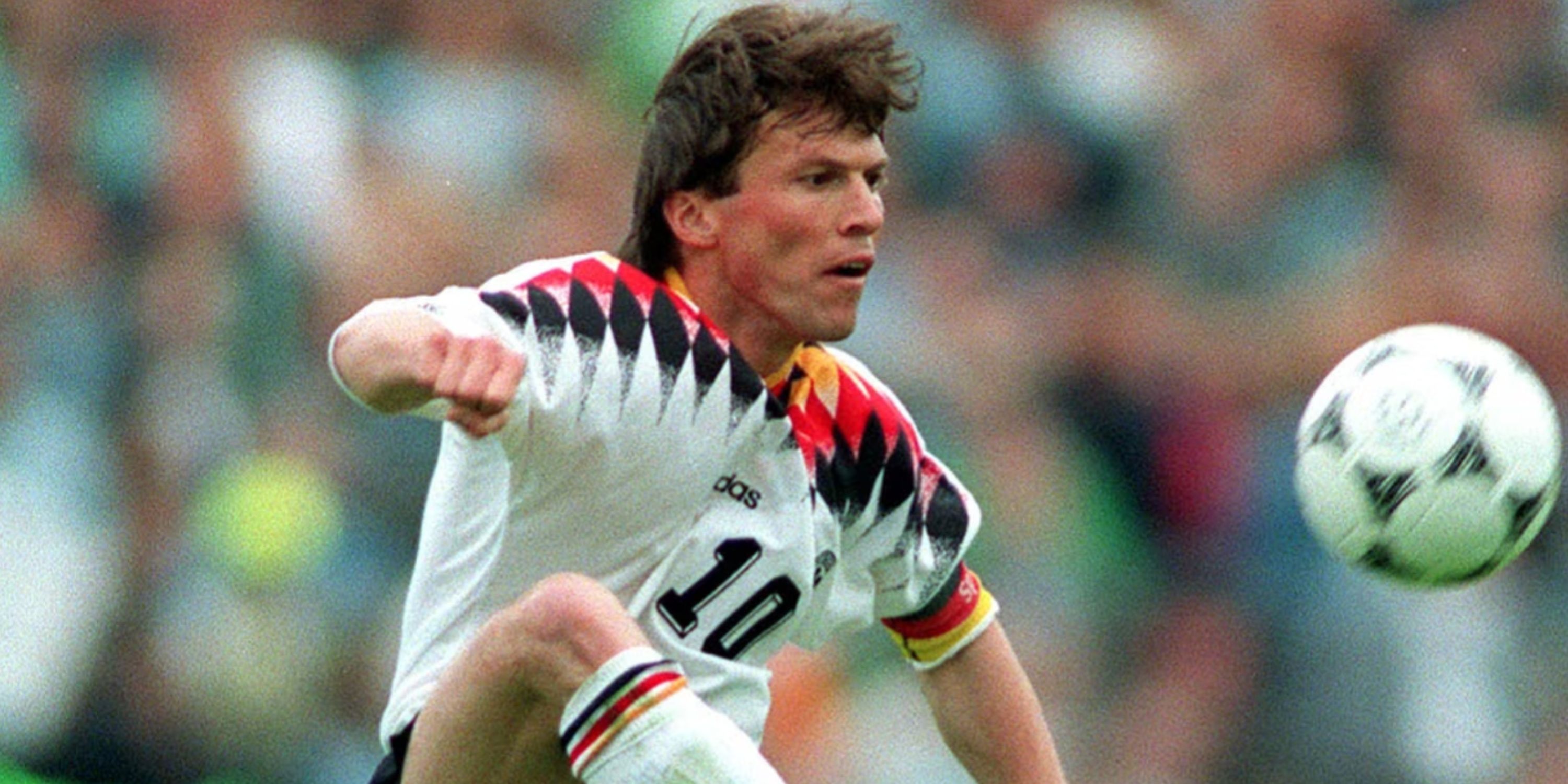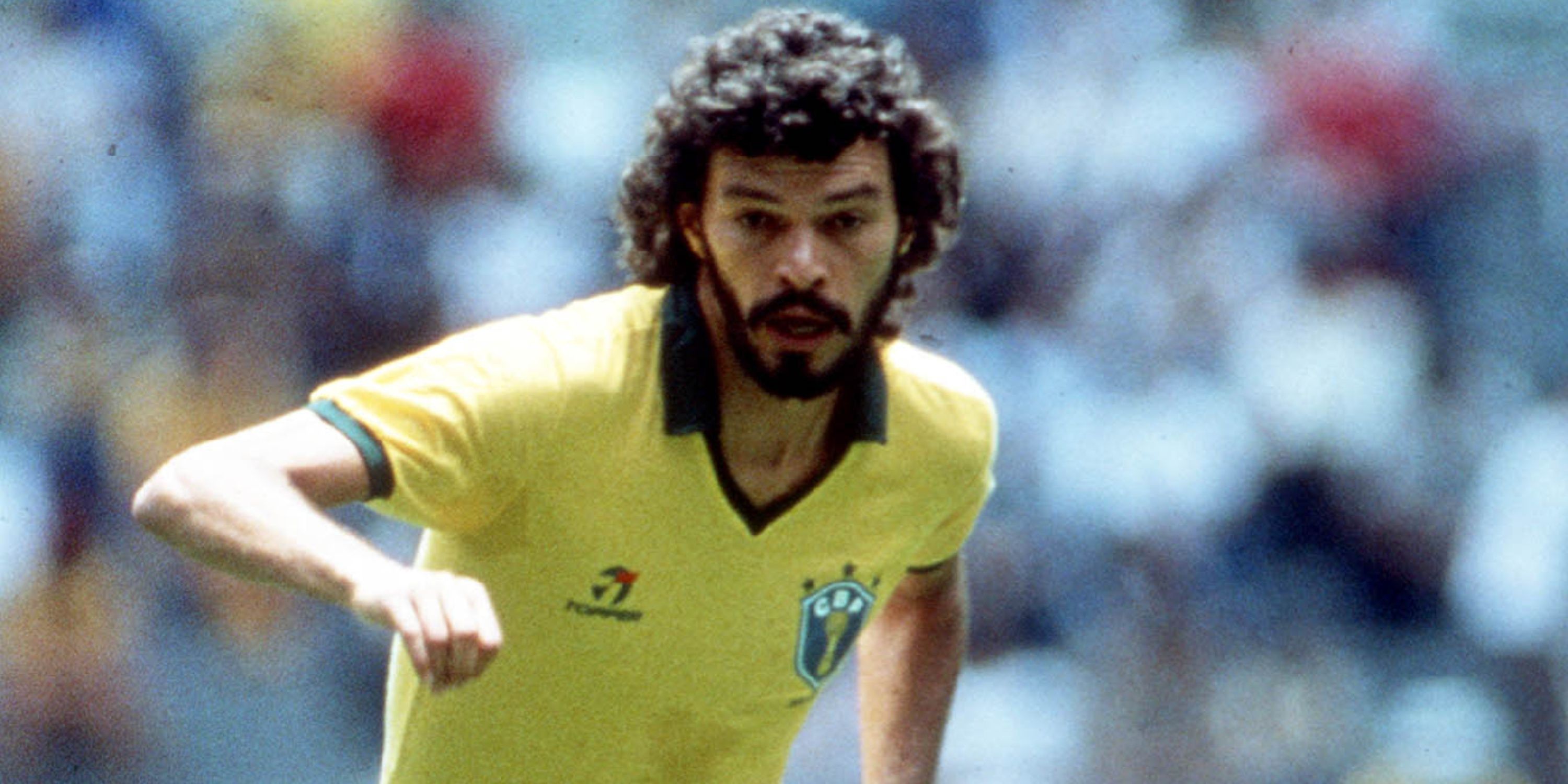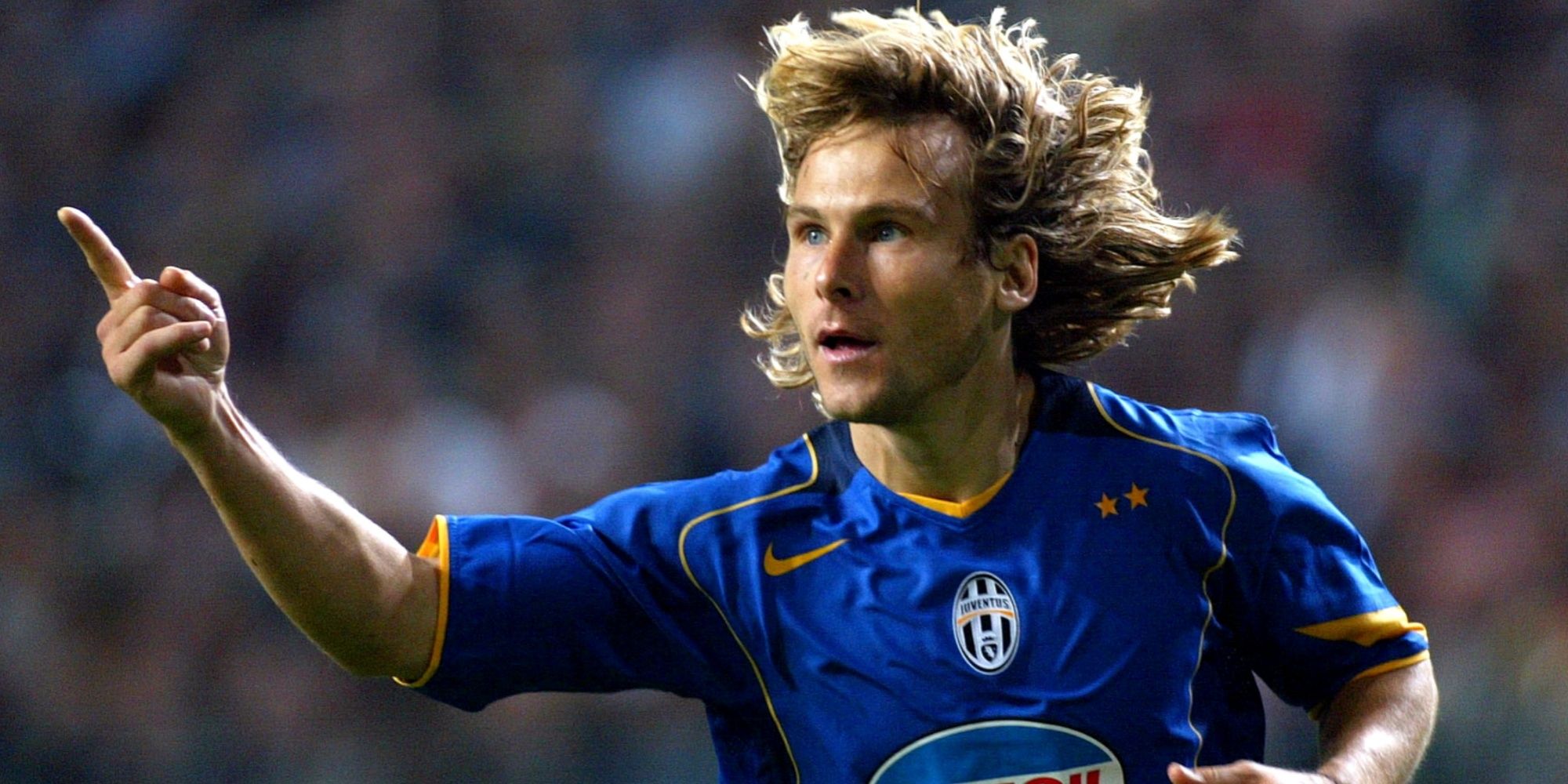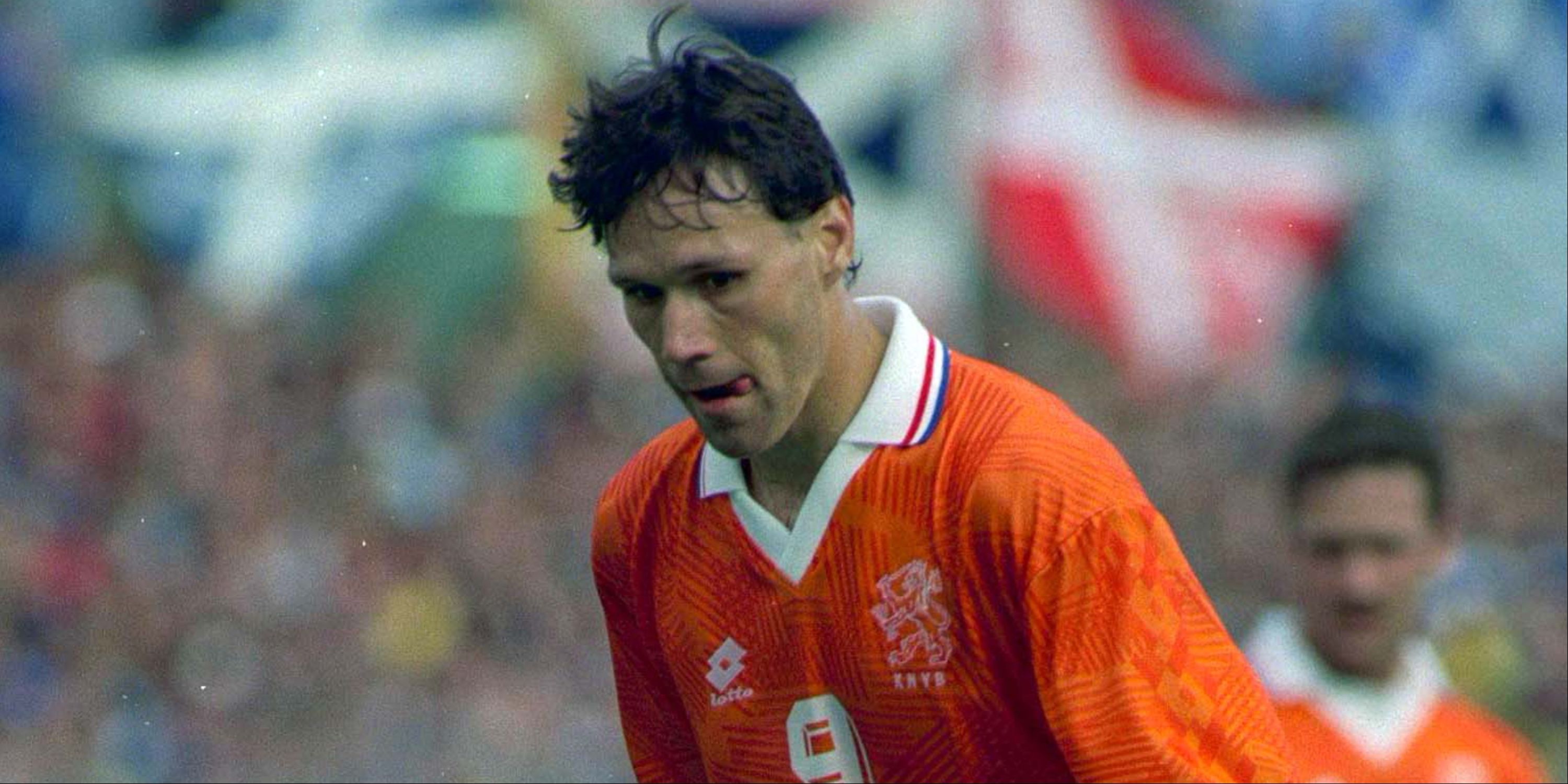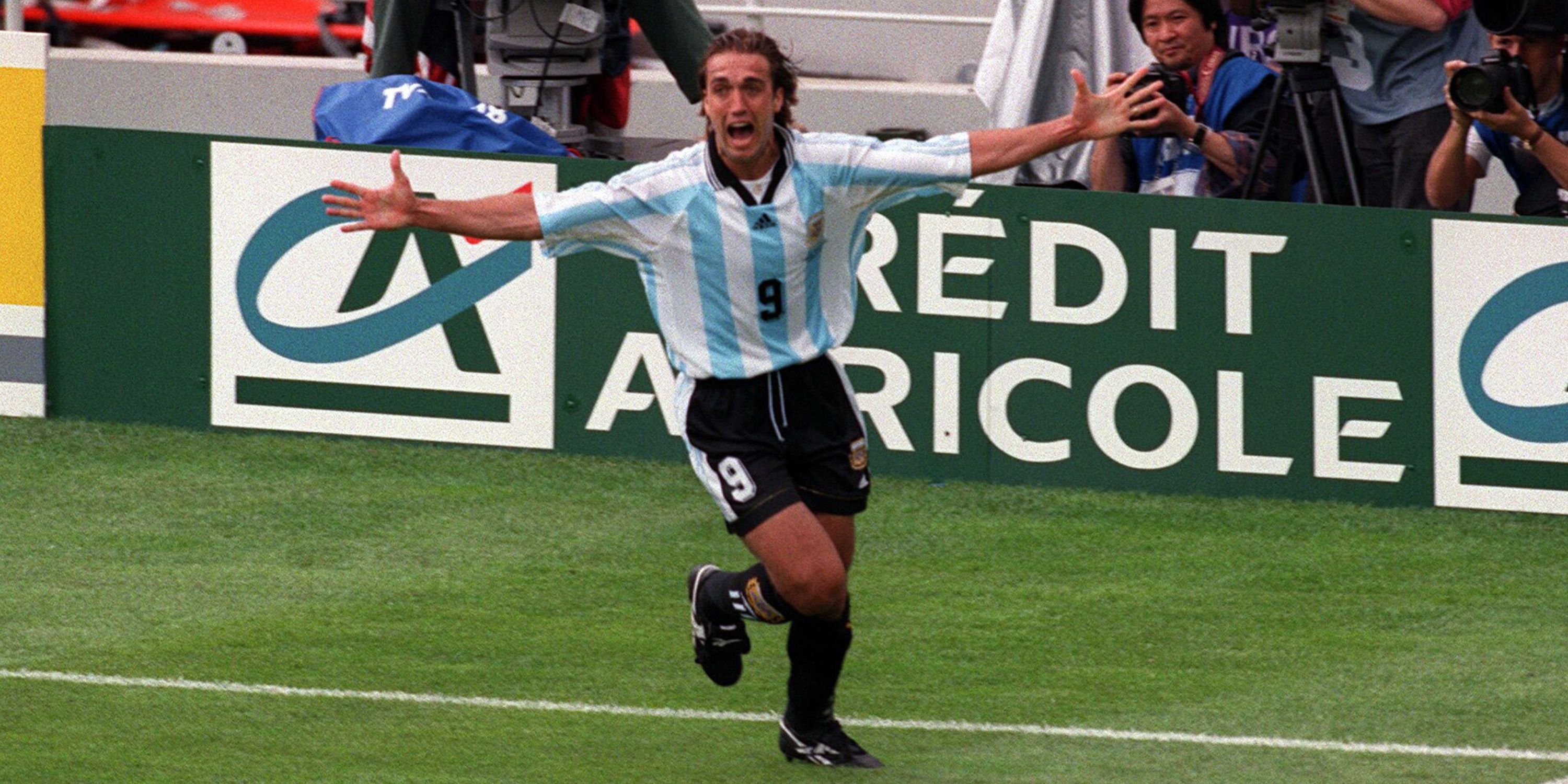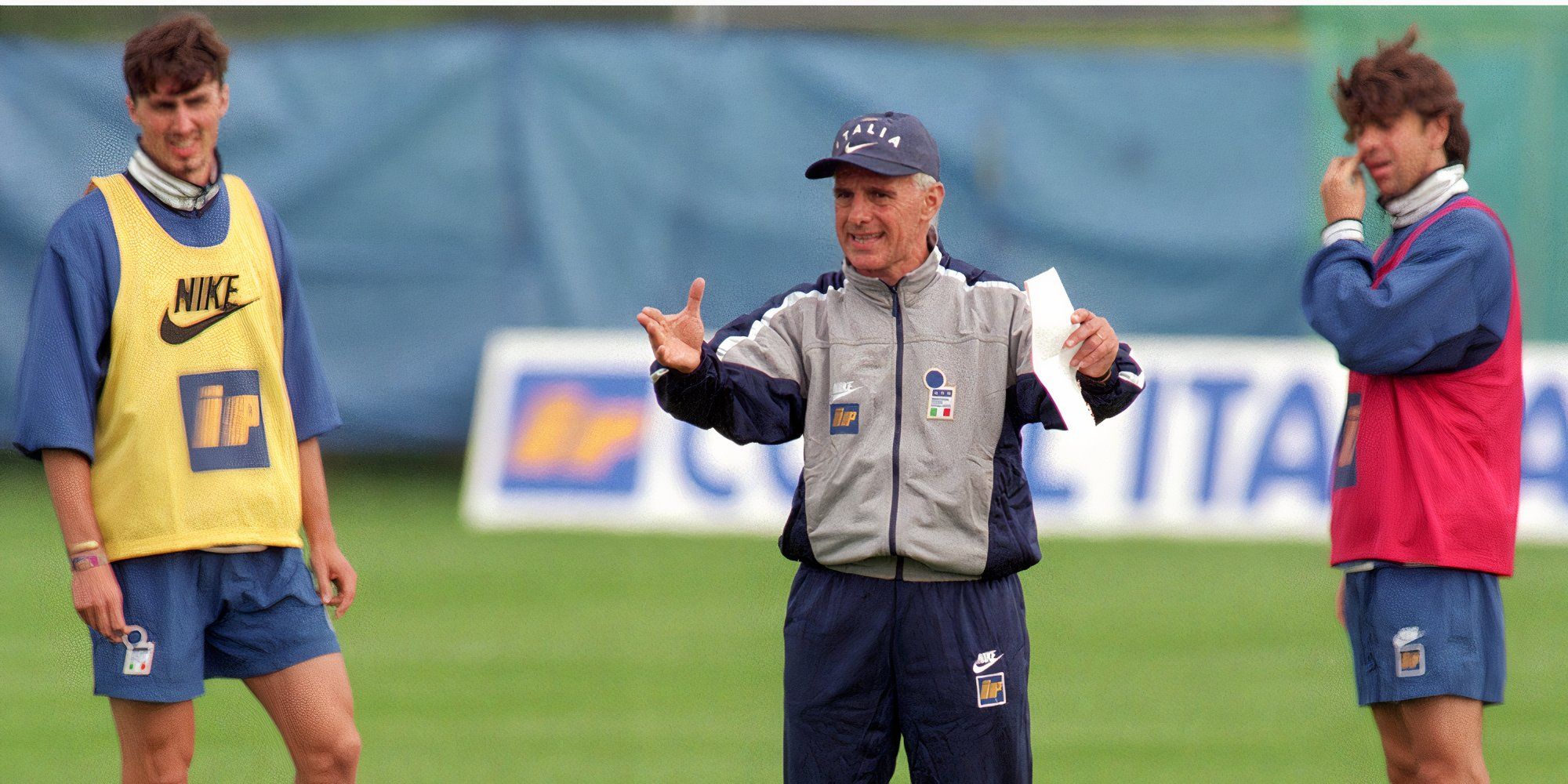The debate over the greatest team of all-time continues to cause discussion in the footballing world, with many trying to fit the world’s greatest players into just 11 spaces on the football pitch.
However, tactical adaptability is often overlooked in those conversations – and perhaps the most famous formation of them all, the 4-4-2, requires work-ethic, determination, skill and tactical awareness.
With that in mind, GIVEMESPORT has asked AI chatbot, ChatGPT, to name its best-ever team – and there is no place for Lionel Messi or Cristiano Ronaldo, as it aims to select a winning team and manager to take the crowning glory.
3:05

Related
35 Greatest Football Players Of All Time (2025)
The 35 greatest footballers of all time have been named but who comes out on top; Messi, Ronaldo or Maradona?
Goalkeeper
Dino Zoff
Starting us off as the man between the sticks is Italian legend, Zoff. Having featured in over 470 Serie A games for Napoli and Juventus from 1967 through to 1983, Zoff only missed seven league matches in that time – an outstanding record, and one that showed his longevity.
Zoff is the oldest-ever winner of the World Cup, at 40 years old with Italy in 1982, where he won the award for being the best goalkeeper in the tournament, and he also won nine major trophies with Juventus at club level.
But what brings him into the greatest 4-4-2 of all-time is his success and long-term exposure to the formation, which gave him the career and the standing to become the third-best stopper of the 20th century, according to AI – ranking ahead of the likes of Gordon Banks and more to take the space between the sticks.
Defenders
Djalma Santos
Santos is a largely unknown name in terms of Brazilian right-backs, with the usual suspects of Dani Alves and Cafu taking all the acclaim for their flair-laden, Joga Bonito-style attacking brilliance down the right-hand side.
However, in a 4-4-2 formation, defensive stability and decision-making on when to make certain runs and forays forward is key, and something that we didn’t see often from the pair in their careers, owing to the passing styles and tactical freedom that their clubs had at the time.
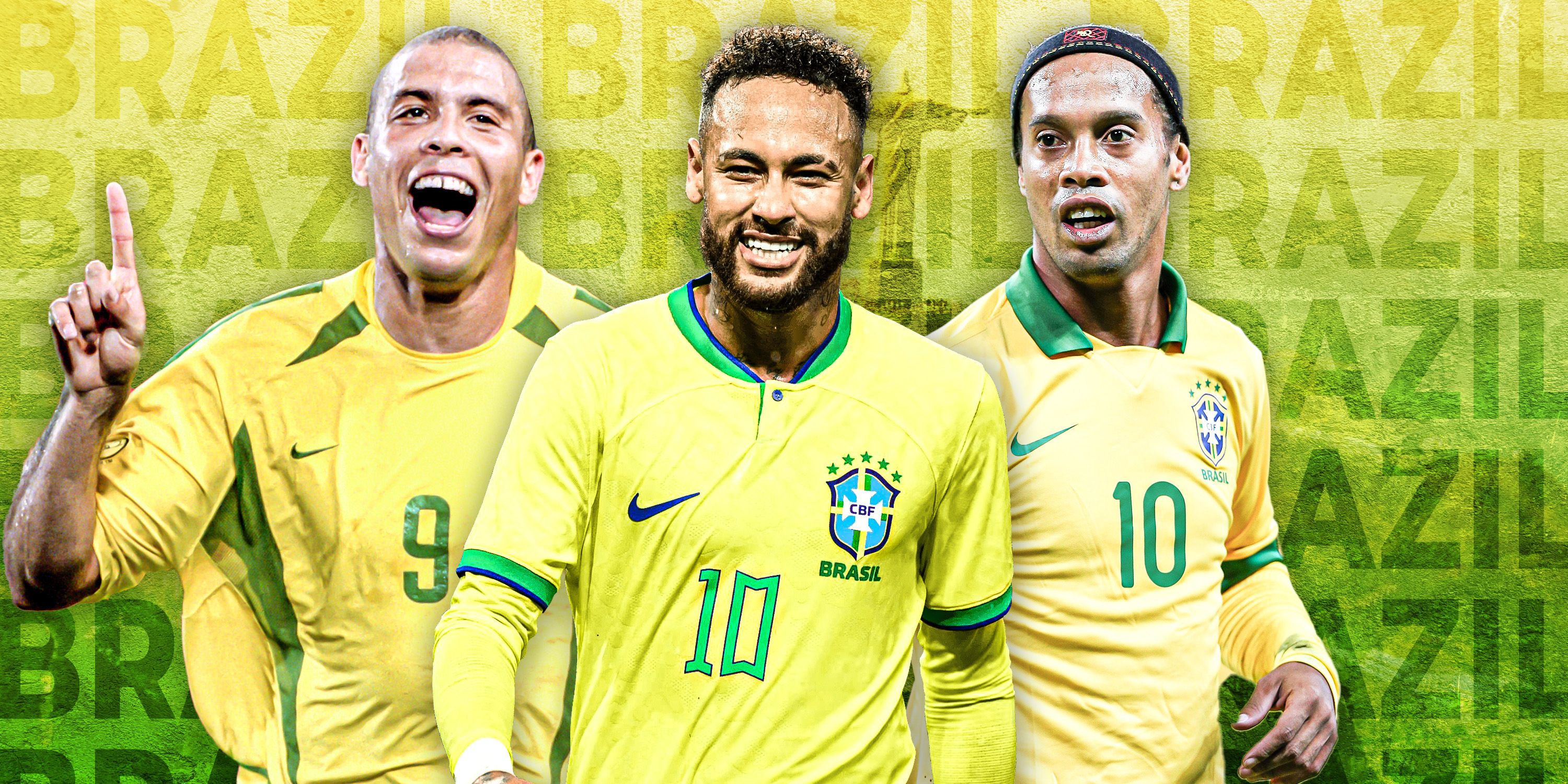
Related
Brazil’s 20 Greatest Ever Footballers (Ranked)
Ronaldo, Pele, Ronaldinho, Neymar and Kaka all feature as the greatest Brazilian players ever are ranked.
Santos, however, is noted as being one of the ‘original complete full-backs’ by AI. He played a disciplined role on the right-hand side in their team from 1952 through to 1968, winning two World Cup trophies with his nation, as well as being named to the World Cup’s ‘All-Star Team’ three tournaments in a row.
Strong, defensively calm and technically sound, Santos played over 1,000 games in his career and was never sent off – with his availability being ideal for making the team solid.
Bobby Moore
One of England’s most iconic stars, the late Moore is labelled by AI as a ‘master of positioning and reading of the game’.
Having been the beating heart of England’s 1966 World Cup-winning team, in which the famous photo (above) of him lifting the Jules Rimet was born, Moore’s modern-day attributes allowed him to compliment aggressive defenders wonderfully via his ability to bring the ball out of defence.
With club legends such as Pele calling him the ‘greatest defender he ever played against’, it’s hard not to include the West Ham United hero on this list, having excelled in the 4-4-2 formation that won the Three Lions their only-ever major trophy.
Statues outside Wembley, over 100 caps for England, and a pioneer for the modern centre-back to flourish, Moore’s excellence earns him a spot in this list.
Fernando Hierro
Real Madrid and Bolton Wanderers are just two of the clubs that Hierro featured for – though it’s the Spaniard’s skillset, rather than the career he had, that brings him into this team.
Sure, he excelled in a 4-4-2 at Madrid, carrying the ball out and anchoring the backline – with creativity from the centre-backs being more important than ever thanks to the lack of a No.10 or wide attackers in the squad.
But with Hierro being tough, aerially dominant, technically composed and with the ability to score goals, his dominance in the famed formation puts him in this team alongside Moore.
29 goals in 89 games for Spain, and a further 109 league goals in 545 league games throughout his career, means that the Real legend is the ideal candidate to go alongside Moore at the back.
Andreas Brehme
Ambidextrousness is a key ability for a player in the wide areas of a 4-4-2 – and Germany legend Brehme had that in abundance during his stellar career at Kaiserslautern, Inter Milan and Bayern Munich.
One of the best full-backs of his generation, his versatility was arguably his biggest asset and that meant that he would play across the pitch, known for his technical ability and stamina as well as his tactical intelligence.
Furthermore, Brehme was a set-piece specialist – leading Lothar Matthaus to regard Brehme as the ‘best player he played with’, and an ideal candidate for the 4-4-2 role.
Midfielders
Luis Figo
Figo is the first player with real flair in this team, and having been a key part of Inter Milan’s 4-4-2 system, he’s another player who had everything going for him.
A real ‘touchline hugger’, Figo’s work-ethic in tracking back and helping his full-back, as well as delivering inch-perfect crosses and scoring bucket loads of goals – 169 in his career to be exact – makes him the perfect all-rounder for the right-midfield slot.
|
Luis Figo’s career statistics – record by team |
||
|---|---|---|
|
Club/Team |
Appearances |
Goal contributions |
|
Barcelona |
249 |
136 |
|
Real Madrid |
245 |
152 |
|
Inter Milan |
140 |
45 |
|
Sporting CP |
23 |
8 |
|
Portugal |
127 |
76 |
A natural right-midfielder who wasn’t necessarily blessed with rapid pace, Figo’s skillset saw him win four La Liga titles, the Champions League and four consecutive Serie A titles to end his career with Inter.
Lothar Matthaus
Matthaus praised Brehme for being the best player he’s ever played with – and so AI believes it’s only right for one of the most complete players of all-time to be included in this squad list.
The Germany hero could play at defensive midfield, central midfield and offensive midfield, making him the archetypal ‘box-to-box’ midfielder – which is all you need in a 4-4-2. Matthaus boasted incredible stamina, technique, shooting ability and more – and having been awarded the Ballon d’Or in 1990, it was handed to him for ‘excelling at every aspect of the game’.
Midfielders in a 4-4-2 can often be overrun against three-man midfields, but with players of Matthaus’ quality excelling in every department, he is the idealistic man to have in central midfield as the rock, allowing his partner to push forward and crash the box when possible…
Socrates
Socrates is the aforementioned partner in crime, according to AI. A ‘visionary’ playmaker, Socrates also led his country to some memorable moments, and the majority of those came in a 4-4-2 system.
Elegance, control and leadership were all part of his repertoire, alongside an impressive goal catalogue for Corinthians to boot – whilst at 6ft 4in, he compliments Matthaus’ slightly small frame.
Although he didn’t win a major trophy in Europe or for Brazil, the midfielder is more than deserving of a place in this side.
Pavel Nedved
A Ballon d’Or winner, Nedved was another wide man who was simply just an all-rounded star, blessed with every quality attribute to succeed in a 4-4-2.
147 career goals, 91 caps for his country, a three-time Serie A winner with Juventus and Lazio, and of course, the world’s best player in 2003, Nedved had a superb career. He was characterised by his ‘tireless running’, thunderous shot, extreme crossing ability and work-rate to help his defence out.
Much like Figo, his all-round qualities and ability to use both feet made him dangerous in all aspects of the game, in what rounds off a truly incredible, well-rounded midfield four.
Attackers
Marco van Basten
One of the best strikers of all-time, Van Basten could do everything in the final third. A tall, clinical striker who boasted an insane goal catalogue, the Dutchman’s excellence in the great AC Milan teams of the late 1980s saw him win it all in a 4-4-2 formation.
His link-up play with other attacking stars was superb, standing at 6ft 2in, and a goal-record of 91 goals in just 147 league games for the Rossoneri before injury curtailed his career was an outstanding tally – helping the club to two European Cup titles in his first three seasons at the San Siro.
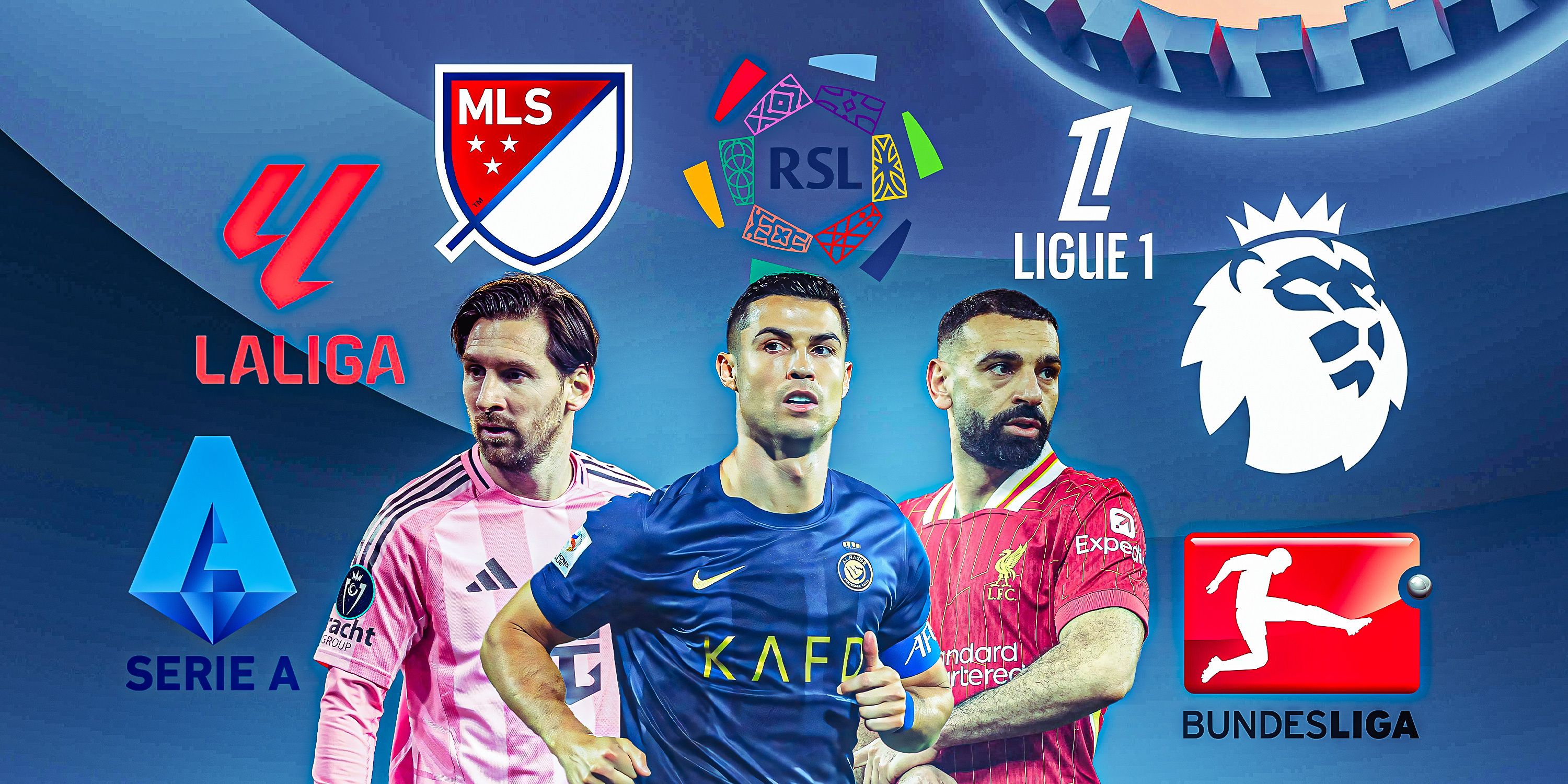
Related
Top 30 Leagues in World Football Named and Ranked by AI
Despite their embarrassment of riches, the Saudi Pro League still has a long way to go before rivalling European football leagues.
Seven major trophies at Ajax, 12 at Milan, three Ballon d’Or trophies in the space of five years at the turn of the 1990s and a European Championship with the Netherlands place him as the best possible striker on this list.
Gabriel Batistuta
Another foreign player to shine in Serie A, Batistuta was another to benefit from Italian football’s incentive to use the 4-4-2 formation.
167 goals in 269 games for Fiorentina in Italy’s top-flight throughout the 1990s saw him forge a superb partnership with Portuguese playmaker Rui Costa, with an insane goal catalogue in Florence – and upon moving to Roma, he finally won the Scudetto.
Much like Van Basten, his tall frame, equipped with power, poise and top positioning meant he paired superbly with deep-lying forwards – and that’s enough to rank him highly to join Van Basten in this squad.
Manager
Arrigo Sacchi
Labelled by AI as the ‘high priest’ of the modern 4-4-2 system, Sacchi is regarded as one of the greatest managers of all-time, and certainly one of the great innovators of the modern game in a constantly evolving sport.
Sacchi had never played for a club, and it took him until the age of 39 to finally secure a move to a decent-sized team – joining then third-tier Parma and winning the league with the Emilia-Romagna-based side, prompting a move to AC Milan.
There, he dominated European football. The Serie A title was his in 1988, before back-to-back European Cups, as well as European Super Cups and Intercontinental Cups to follow, saw Milan become a much-feared outfit.
Utilising a solid back four in Paolo Maldini, Franco Baresi, Alessandro Costacurta and more, Sacchi relied on individual brilliance and hard-work in his time at the San Siro and with the Italian national team – whilst high-pressing and defensive lines have successfully been utilised by coaches such as Pep Guardiola and Jose Mourinho in recent times.
Statistics courtesy of Transfermarkt. Correct as of 09-07-25.
About Author
You may also like
-
Michael Jordan Revealed the 6 NBA Legends He Dreams of Playing 1v1
-
Former NBA MVP Struggling to Find Team Ahead of 2025-26 Season
-
Arsenal agree deal to sign Piero Hincapie for €52 million
-
Arsenal agree deal to sign Piero Hincapie for €52 million
-
Arsenal agree deal to sign Piero Hincapie, medical this week
